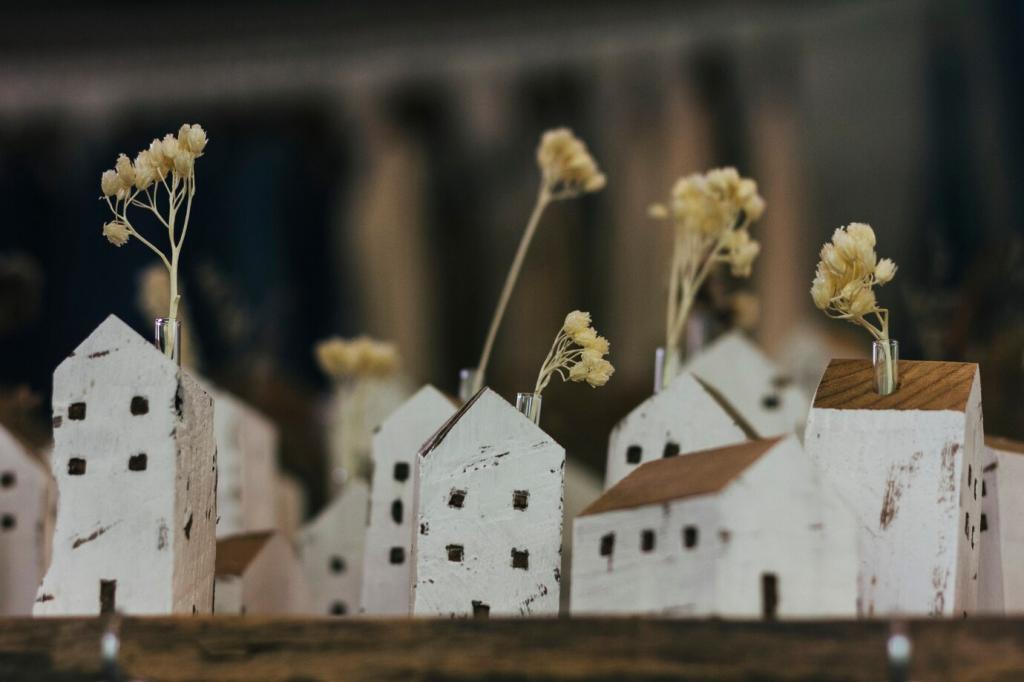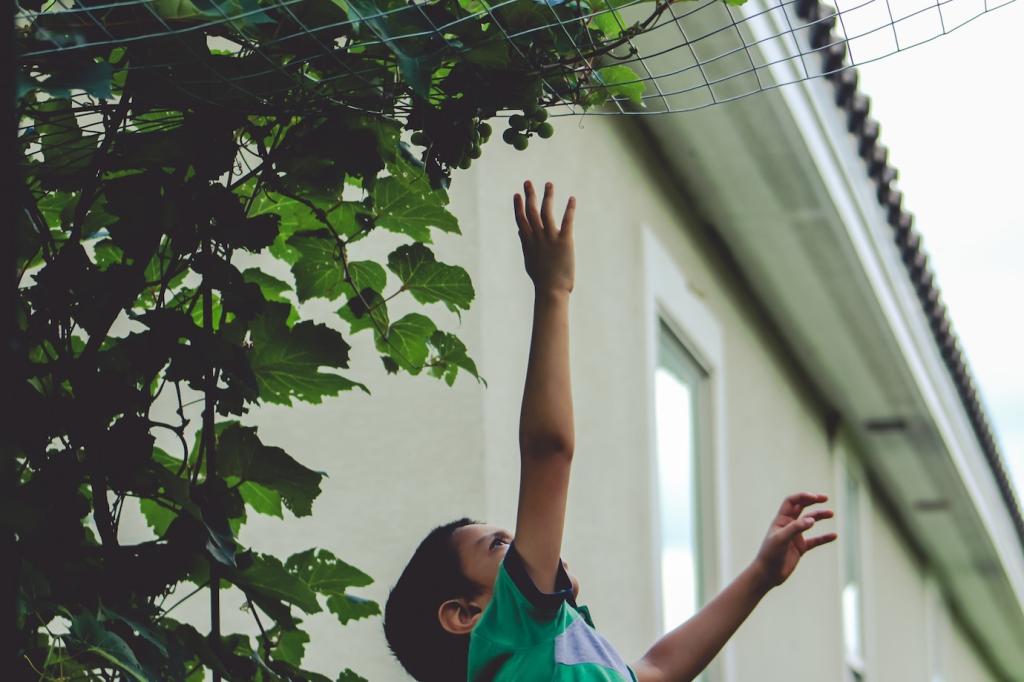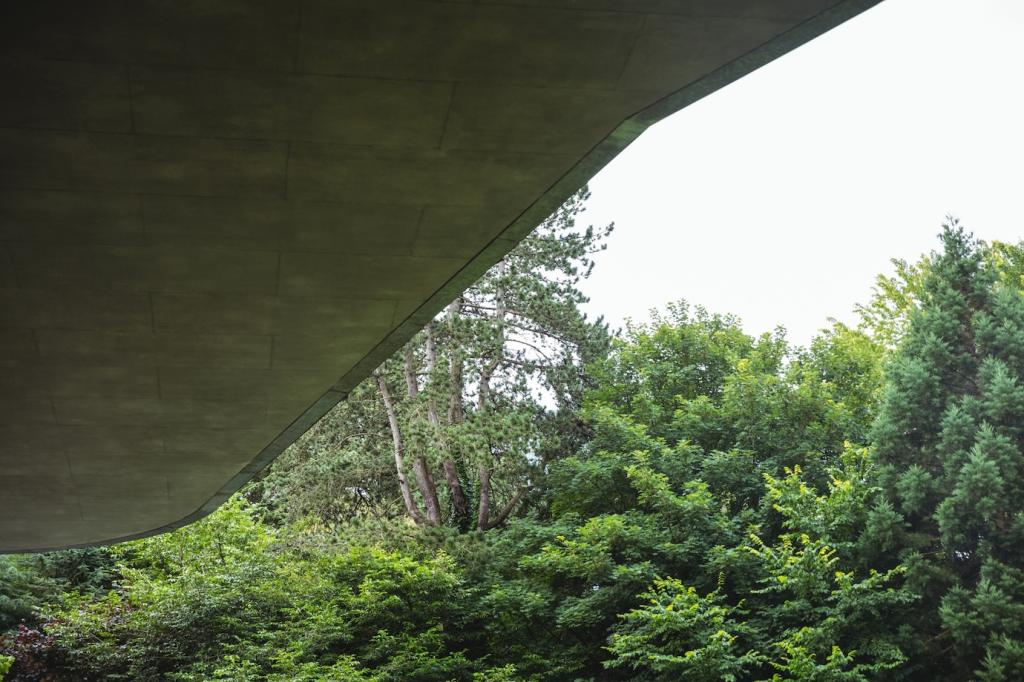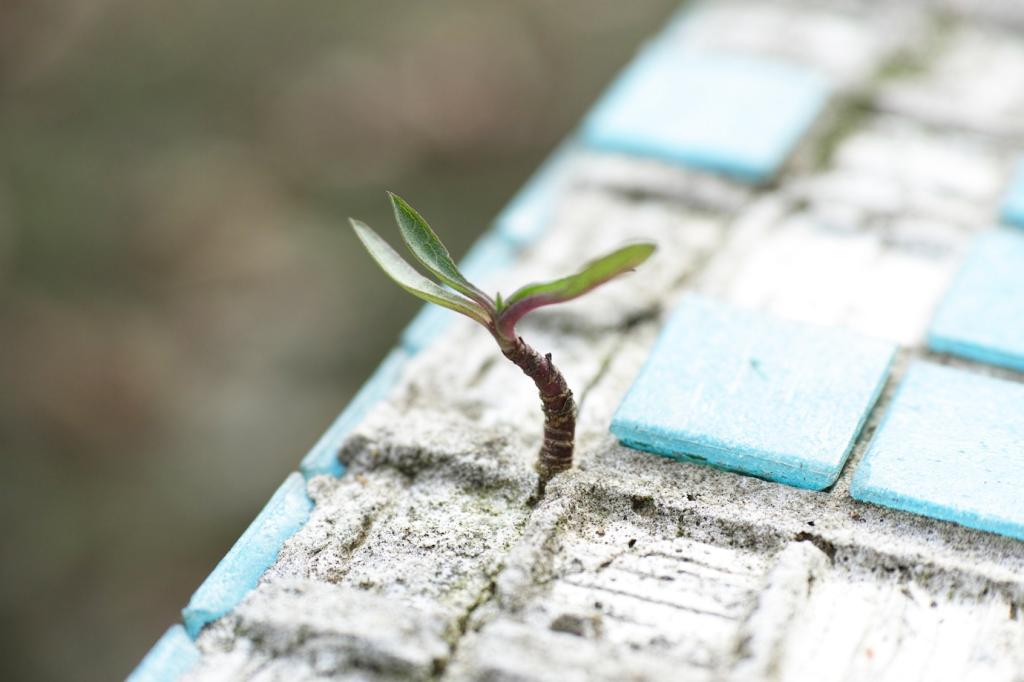Green Cleaning Solutions for Vintage Furniture: Gentle Care, Lasting Beauty
Know Your Finish Before You Clean
Start with observation: shine, age, and feel reveal clues. In a hidden spot, lightly rub with a drop of alcohol; shellac softens, lacquer is tougher. If unsure, skip solvents, proceed gently, and consult a conservator before deeper intervention.


Reach for microfiber, soft cotton flannel, and goat-hair or horsehair dusting brushes. These gently dislodge dust from carvings and moldings. Avoid scouring pads and stiff bristles. Keep dedicated cloths for different products to prevent accidental cross-contamination.
Tools That Respect Age
Solving Common Vintage Messes, the Green Way
Start with a mild castile solution and soft cloth to emulsify haze. For crevices, use toothpicks or a wooden skewer wrapped in cloth. If buildup persists, a tiny bit of plant-derived citrus solvent on a swab can help—test carefully and neutralize with soap and water.
Solving Common Vintage Messes, the Green Way
Mix a few drops of castile soap in warm distilled water and work in manageable sections. Change cloths frequently to avoid smearing. Persistent film often yields to repeated, light passes. Finish with a clean damp wipe, then dry thoroughly to restore clarity and glow.

Fabrics, Leather, and Hardware on Vintage Pieces
Vacuum with a brush attachment through a mesh screen to protect delicate weaves. Spot clean with distilled water and a single drop of castile soap, blotting rather than rubbing. Keep foam cores dry. When stains are complex, consult textile pros before experimenting.

Fabrics, Leather, and Hardware on Vintage Pieces
Dust first, then use a slightly damp cloth to remove grime. Feed with a light balm of beeswax and stabilized plant oils, applied thinly and buffed well. Avoid heavy oils that can darken, attract dust, or migrate into adjacent wood fibers.

Beeswax–carnauba blend that shines smart
Melt four parts beeswax with one part carnauba and thin gently with jojoba until spreadable. Apply sparingly with a soft cloth, wait a few minutes, then buff. This breathable layer adds luster, reduces fingerprints, and resists dust without sealing in moisture.

Light, humidity, and friendly placement
Maintain moderate humidity to protect joints and veneers. Keep pieces out of direct sunlight and away from radiators or vents. Add felt pads under feet and coasters under plants and drinks. Gentle environments mean gentler, less frequent cleaning needs.

Habits that minimize future messes
Dust weekly with a soft brush, wipe spills immediately, and rotate display objects to avoid ghost rings. Open drawers occasionally to circulate air. These small rituals keep finishes resilient and reduce the temptation to reach for stronger, unnecessary cleaners.



